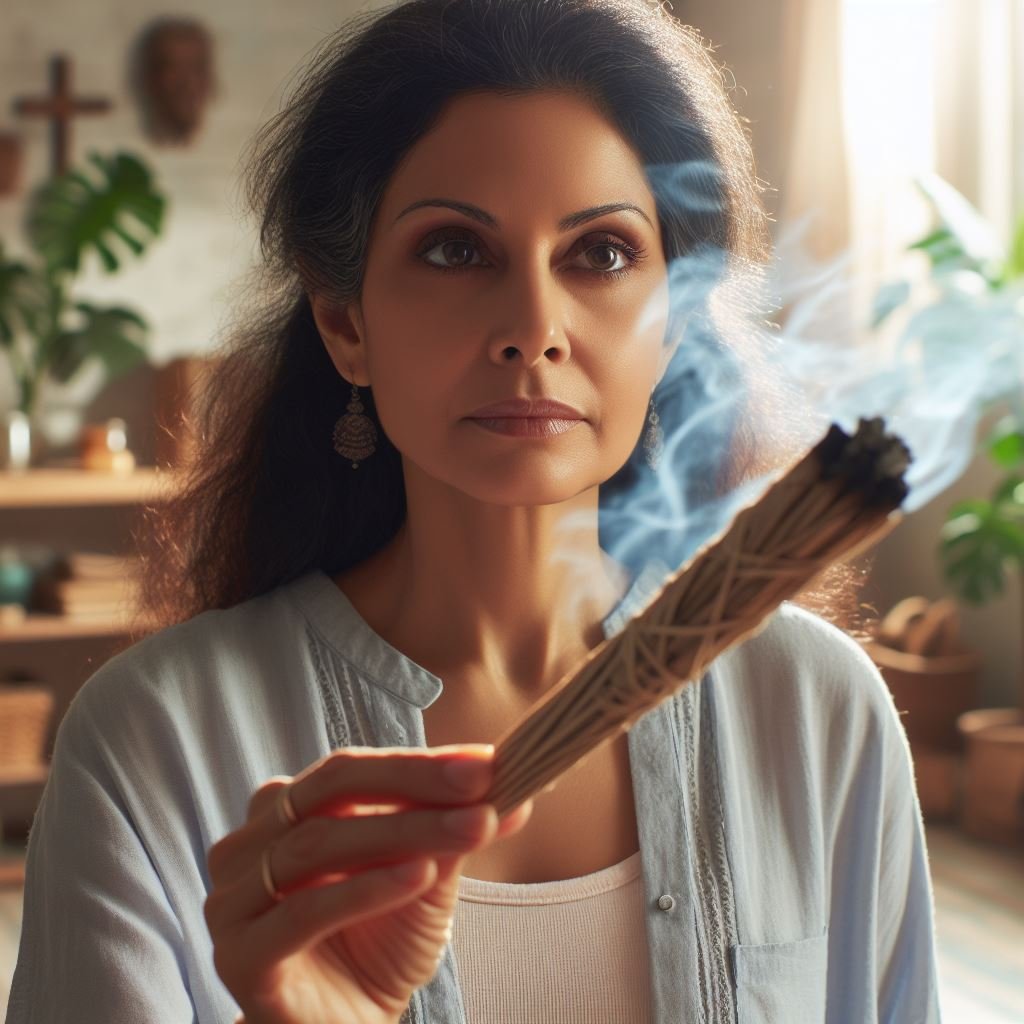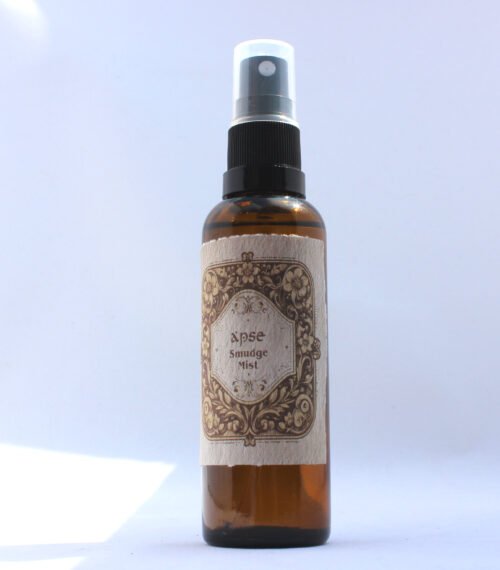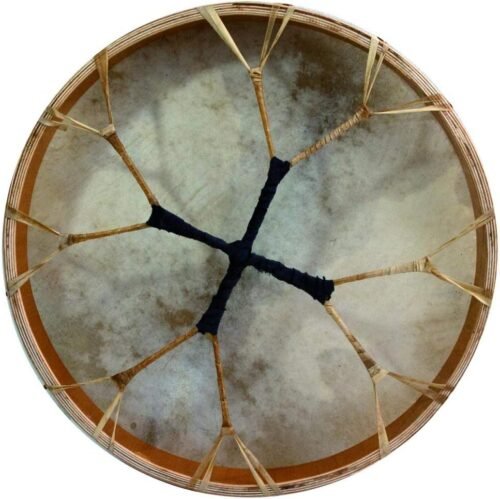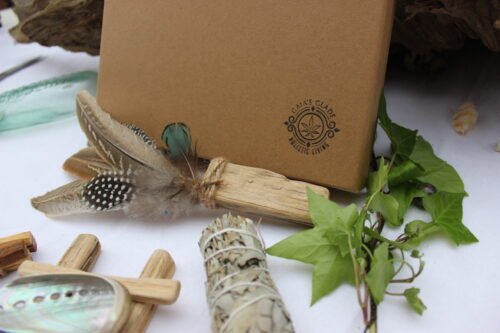
Modern Shaman healing ritual
Shaman Healing: An Exploration of Tradition and Practice
Shamanic healing is an ancient practice that has persisted across diverse cultures and geographical regions throughout history. This form of healing is deeply rooted in the belief that spiritual imbalances can manifest as physical or emotional ailments, and that addressing these imbalances through ritualistic practices can restore harmony and well-being to individuals and communities.
Historical Context:
The origins of shamanic healing can be traced back to prehistoric times, with evidence of its existence found in archaeological remains and oral traditions spanning across indigenous cultures worldwide. Shamans, revered as spiritual leaders and mediators between the human and spirit worlds, have long played a central role in administering healing rituals.

Shamanic healing in process
Artefacts Used in Shaman Healing:
-
Smudging and Modern Smudging Sprays:
- Smudging involves the burning of sacred herbs, such as white sage, sweetgrass, or cedar, to cleanse a space or person of negative energies. Modern smudging sprays are a contemporary adaptation of this practice, offering a convenient alternative to traditional burning methods.
- White sage, harvested from the Salvia apiana plant, holds cultural significance among indigenous peoples of North America for its purifying properties. Its leaves are bundled together and burned during smudging ceremonies to create smoke that is believed to carry prayers and intentions to the spirit realm.
-
Shaman Fans:
- Shaman fans are ceremonial tools used by shamans during rituals to direct energy and invoke spiritual guidance. They are typically crafted from natural materials such as feathers, wood, and leather, and adorned with symbolic elements.
- These fans serve as extensions of the shaman’s spiritual power, facilitating communication with spiritual beings and aiding in the dispersal of healing energies.
-
Shaman Drum:
- The shaman drum is one of the most iconic artefacts associated with shamanic healing. Constructed from animal hide stretched over a wooden frame, the drum emits rhythmic vibrations believed to induce altered states of consciousness.
- Used in conjunction with chanting, singing, or rhythmic drumming, the shaman drum serves as a vehicle for journeying into the spirit world, where healing energies and insights can be accessed.
Examples of Shaman Healing Practices:
- Soul Retrieval: A common shamanic healing technique involves soul retrieval, which aims to retrieve fragmented aspects of the soul lost due to trauma or emotional distress. Through journeying into the spirit realm, the shaman seeks out these lost soul parts and reintegrates them into the individual, restoring wholeness and vitality.
- Energy Clearing: Shamans often perform energy clearing rituals to remove energetic blockages and stagnant energy from a person’s energy field. This may involve smudging, chanting, or the use of crystals and other sacred objects to restore balance and vitality.

Moderin shaman healing
Ritual Execution and Modern Shaman Healing Adaptations:
Traditional shaman healing rituals are typically conducted in sacred spaces, such as ceremonial lodges or natural outdoor settings, under the guidance of an experienced shaman. However, with the resurgence of interest in alternative healing practices, many individuals have begun incorporating shamanic techniques into their personal wellness routines.
At home, modern practitioners may create sacred altars adorned with symbolic artefacts, such as feathers, crystals, and candles, to facilitate their healing work. They may also utilize smudging sprays or pre-packaged smudge bundles for convenience, while still honouring the sacred intention behind the practice.
In conclusion, shamanic healing represents a rich tapestry of ancient wisdom and spiritual insight, offering profound opportunities for healing and transformation. Through the use of sacred artefacts, ritualistic practices, and deep reverence for the natural world, shamans continue to serve as mediators between the seen and unseen realms, guiding individuals on their journey towards wholeness and well-being.











